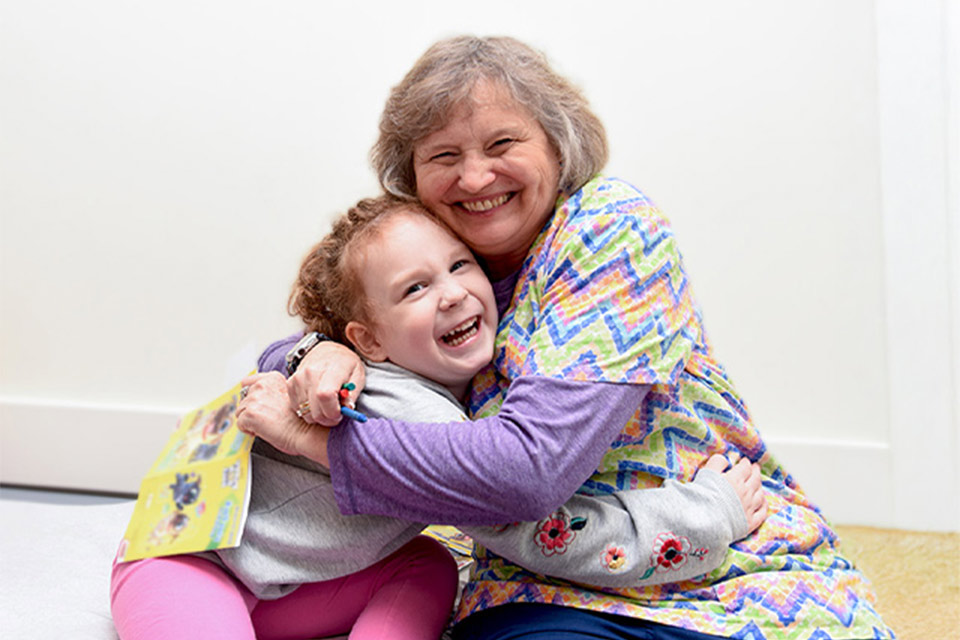Bunion (hallux valgus), is the development of a large, boney-like bump where the big toe meets the foot.
Because a pediatric bunion is different than what an adult may experience, care for hallux valgus at Shriners Children's is tailored to best meet the needs of young feet.
Bunions develop when the structure of the foot leads to bones pointing out too much, and the big toe joint moves – causing it to lean toward the smaller toes. Pediatric bunions most commonly appear between the ages of 10 and 15, and affect girls most frequently. Girls with flat feet are at greatest risk of developing bunions.
Bunions tend to run in families; however, the exact cause of hallux valgus is unknown. While tight or poorly fitting shoes do not cause bunions, narrow, pointed-toe footwear can be a trigger for feet where the condition was most likely already present.
Our pediatric orthopedic specialists will examine your child's foot, as well as take an X-ray to determine if a bunion is the cause of your child's symptoms. These symptoms can include: a sore bump, swelling at the base of the big toe, pain when wearing shoes, and/or pain when walking.
For significant deformity, surgery options are available, but it's best to try and avoid surgery while the foot is still growing.






